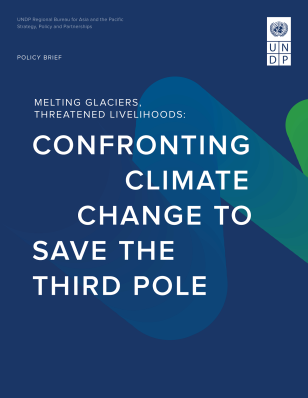Confronting Climate Change to Save the Third Pole

Confronting Climate Change to Save the Third Pole
June 3, 2021
The Himalayas (The Third Pole) are Exhibit A of climate change. Even with the increase in global average temperature capped at 1.5˚C above pre-industrial levels, glaciers in the region will lose one third of their ice volume by the year 2100. The region contains the world’s third largest storage of frozen water: Its glaciers feed into ten major river systems affecting agriculture, drinking water and hydroelectricity production. Food grown in these river basins reaches three billion people. The melting of the Third Pole, however, does not take place in isolation. It is closely connected to the same human activities and drivers that also pollute the region’s air, driving global climate change and raising sea levels. To move to net zero emissions of greenhouse gases, we must shift away from fossil fuel use in energy, transport, and other sectors, while changing diets and agricultural practices. The countries of the region also need to reduce emissions of black carbon and other short-lived air pollutants that have a climate impact. Distilling the latest science, the policy brief shows that addressing many of the same combustion sources provides climate, air quality and health co-benefits.

 Locations
Locations




